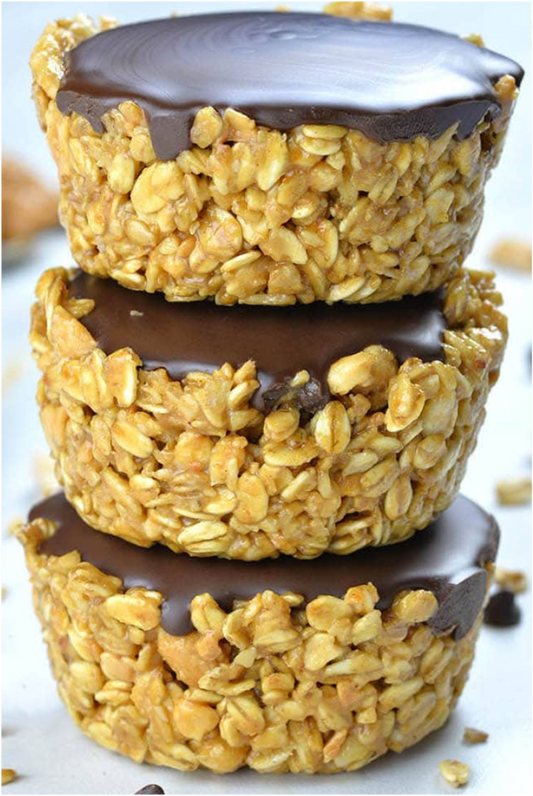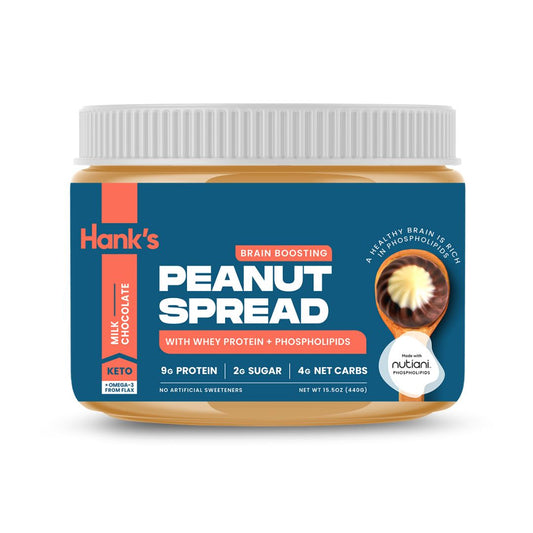Luo Han Guo is the Chinese formal name for what we know as monk fruit. Rather than copying and pasting all things about monk fruit unnecessary to our discussion, monk fruits’ purpose, as is the case with many plants cultivated in and around China was medicinal. It was used in the treatment of heat related illnesses including heat exhaustion, dehydration and in fatigue related to dehydration. Monk fruit has an extremely long history. The name “monk fruit” got its name because it was the Buddhists who grew and cultivated it in the mountainous regions of southern China nearly 8 centuries ago. And it was the National Geographic Society that funded an expedition in the 1930’s, locating the fruit in its own habitat.
The inside of the fruit (actually it is a gord) can be hollowed out and eaten and the remainder crushed, dried and used as tea. Even though the fruit wasn’t taken into the US until the early 20th century, getting it to a dried and powdered form for use as a sweetening agent didn’t take place until the 1980’s. As with all sugar substitutes from plant origins, monk fruit has found a home in the natural foods industry. Because it is more expensive than other sweeteners, natural or otherwise, monk fruit is usually found in higher price point snacks and artificial ingredient free food products like ours. We at Hank’s Protein Plus no longer rely solely on Stevia and Maltodextrin blend to sweeten our products. On December 1st after more and more trials, we began using monk fruit primarily but hadn’t totally cut out our use of stevia. I wanted to transition in one without there being too noticeable a difference. This blend of two high profile sweeteners have given all 17 of our spreads a palatable sweetened consistency that you just will not find in any other protein nut butter. Laboratory nutritional specifications document that monk fruit is approximately 250 times sweeter than sucrose (sugar).
In the world of weight loss and weight management it is so important to find a non-caloric means of satisfying the sweet craving that many people desire yet suffer from at the same time. Prior to Stevia’s entrance into the mainstream food industry, all that was available were the chemical substitutes Saccharin and Aspartame. By 2017 Sucralose was the most widely used sugar substitute worldwide. Today Stevia which was first discovered in the hills of Paraguay about 1500 years ago, is grown increasingly all over the world. Monk fruit will surely follow the same pathway into the mainstream food industry going from one or two points of cultivation to worldwide growing sites.
When it comes down to choosing which sweetener is best, I don’t think there is a right or wrong answer. I believe you will side with whatever you like the best, even if it means not choosing the natural sugar substitute. Habits are difficult to break and habits that include food choices may be the hardest. However when it came right down to it, reading numerous consumer studies and reading some scientific/nutritional abstracts, in my opinion monk fruit presented more evidence of yielding health benefits than any other natural non-caloric sweetener. For this reason I chose to use monk fruit as the sweetener in all products made by Hank’s Protein Plus. The health benefits of our product are evident so there is no reason a sweetener can’t yield health benefits too.
The facts are pretty clear, there are antioxident properties within the “mogrosides” that are extracted from the fruit. Mogrosides are the antioxidents and these are responsible for most of the sweetness that is extracted from the fruit. They actually lower blood glucose levels once ingested which is a key advantage to those who do not produce enough insulin; specifically diabetics. In a book titled “Future Medicinal Chemistry” the following is written; “China has numerous extremely efficacious fruits. therefore, these sources may aid in the development of safer and more acceptable drugs. Since 1977 S. grosvenrii (monk fruit) has been included in the Chinese pharmacopoeia, which records that the fruit has properties of “clearing heat, moistening the lungs, benefiting the throat, restoring the voice and lubricating the bowels to relieve constipation due to intestinal dryness. Therefore the State Administration of Traditional Chinese Medicine has listed this fruit as both a food item and medicine.”
The health benefits of monk fruit are documented. As far as food manufacturing is concerned, I find it amazing how little is used in our production yet the manner in which monk fruit “ties in” all of the other flavors is astounding. Being that we are now a product free of all artificial ingredients, I am taste testing a product made with ingredients in their purest, cleanest form. So the amount of monk fruit needed to blend the other ingredients together is minimal compared to the amount of stevia/maltodextrin I used to accomplish the same purpose. The end result is that I could not be more pleased as to where our brand stands amongst the other specialty nut butters. All Hank’s needs is exposure. All we need is more people to become aware of who we are and what we offer; the best and the healthiest nut butter on the planet. Fifteen years ago we were the 1st to market the idea.
Others have tried to copy us but I can tell you that it is not even close. But you have to try us. Only you can bring us to a higher level of competitiveness in the market. So go to our website. We are always running specials for our web customers and for our retailers as well. If I didn’t think we were the best I would never have put my name on the label.
Peace and God Bless, Hank Capasso


